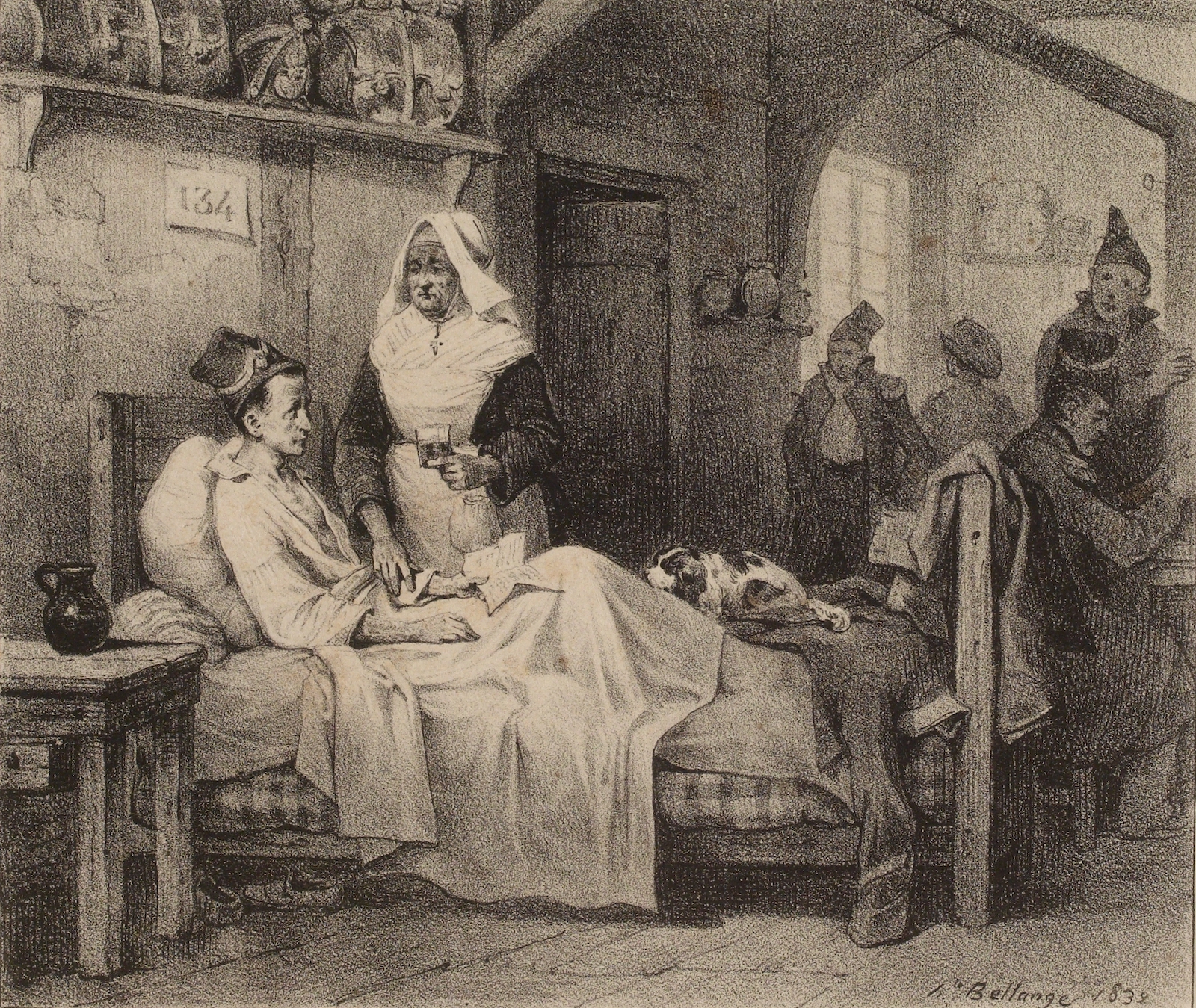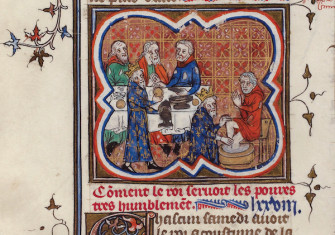When Nostalgia Was Deadly
When it was first named in 17th-century Switzerland, nostalgia was a very real – and very dangerous – disease.

In 1688 a young Swiss milkmaid clambered over a rocky outcrop. She was halfway up an Alpine slope when she slipped and tumbled down several feet. Seriously injured, she was carried away to hospital in the nearby town where she lay, unconscious, for days. Physicians plied her with remedies and performed surgeries, and gradually she healed. Once physically better, however, she awoke and sat straight up in her hospital bed. Realising that she was no longer in the mountain village of her birth, homesickness took hold. She spat out her foods and medicines and wailed, ‘Ich will Heim; ich will Heim’ (‘I want to go home; I want to go home’). She would say nothing else, turning listlessly to the wall. Eventually her parents came to collect her. Almost immediately her mood and condition improved and, after just a few days back in her own home, she returned to full fitness, entirely without the aid of further medical care.







